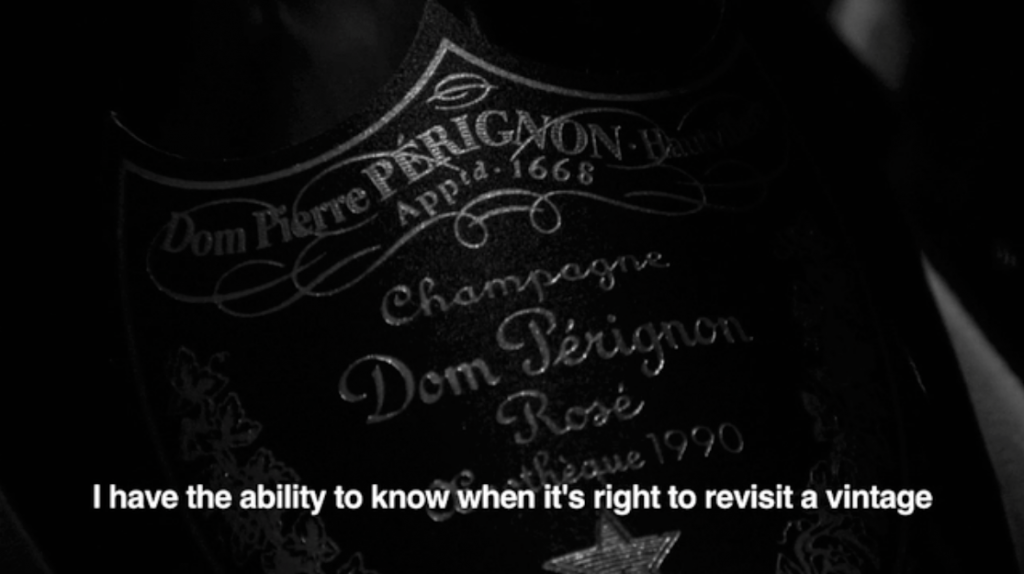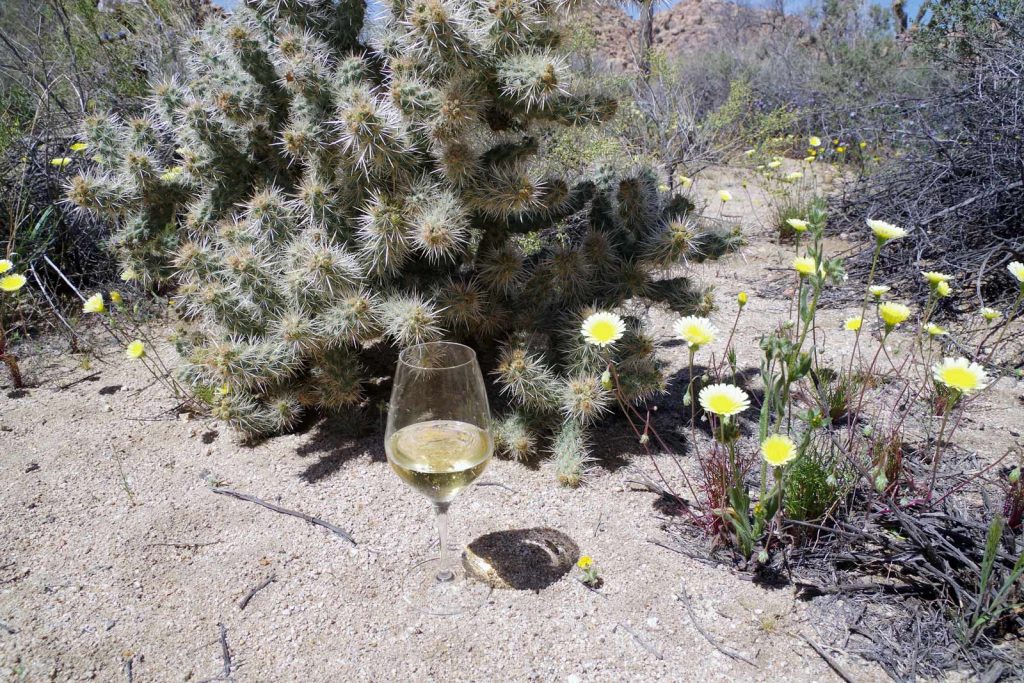Interview: Richard Geoffroy
Dom Pérignon’s Chef de Cave on the vintner’s exquisite 2002 Rosé
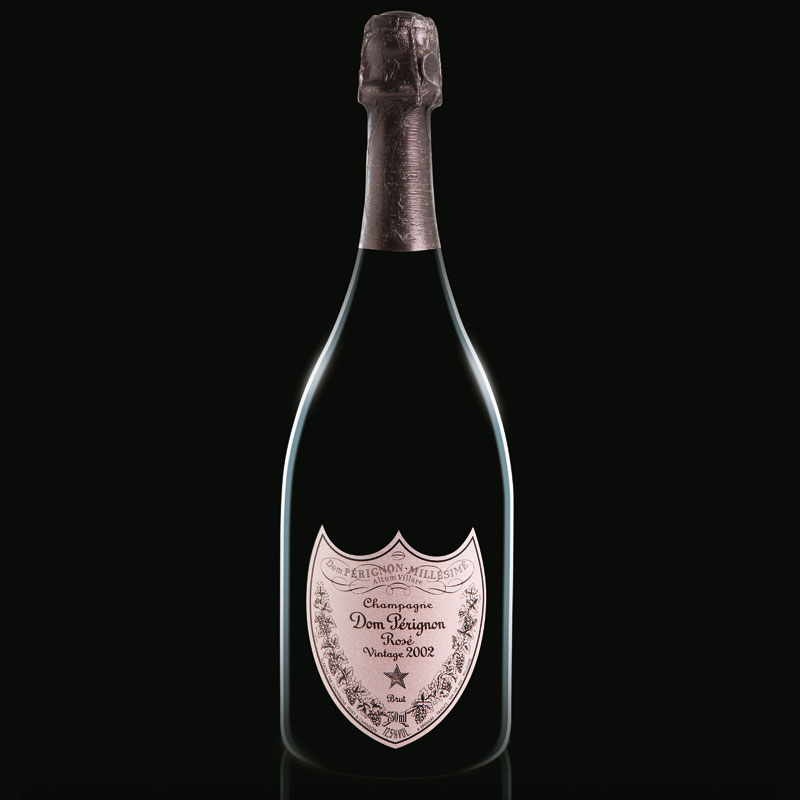

One of my favorite people to sit down and have a glass of champagne with is Dom Pérignon‘s head wine maker, the doctor turned Chef de Cave Richard Geoffroy. He’s a magician, a poet and a man deeply passionate about the quirks of the land and the grapes it produces. We last spoke three years ago when Dom Perignon released the 1990 Rosé Œnothèque, often regarded as one of their finest. Geoffroy and his team have been busy since then, as he told me when we met up in New York City to talk about the release of the 2002 Rosé. Highlights from our interview include Geoffroy’s thoughts on unlocking rosé, the problem with shyness and the advantages of drinking before noon.
We also inaugurated our Vine feed by getting him to fill a tub with ice so he could invite some friends over to “try the Dom Perignon Rosé 2002.”
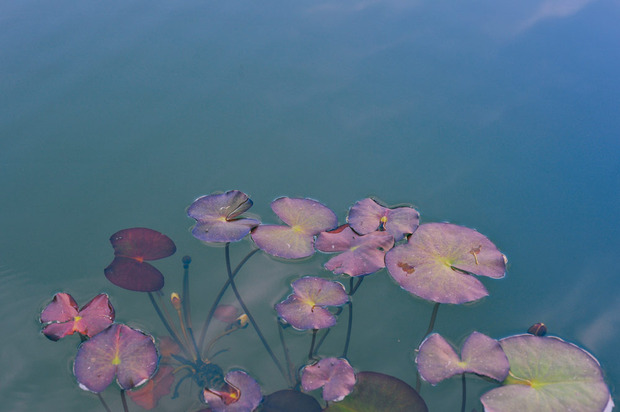
What’s new for Dom Pérignon?
Dom Pérignon’s life is set up and paced according to the vintages. It’s like fashion designers that come with their collections. Each time, it must be a happening, a statement, a reinvention. It’s a game where the enemy is repetition. So here, it’s clear: Hot news. Burning hot! It is Dom Pérignon Rosé 2002.
“It’s a game where the enemy is repetition.”
Are there are more risks with making a rosé?
Yes, I think there’s an inherent general risk related to the Dom Pérignon Rosé project’s identity, and then there’s obviously the vintage’s risk, which is specific.
We want to express the pinot noir, this kind of “Holy Grail” that everyone is fascinated by. Wine lovers, wine growers, wine developers—this is their lust. There’s nothing more demanding than a pinot noir, nothing more unpredictable. You always have the impression to catch it, but it often escapes; It’s always elusive. Whenever we succeed, the reward is at the price of the risk. So yes, there’s some additional risk related to rosé. It’s also what makes its beauty, its emotion and finally its provocative dimension. I find those Dom Pérignon Rosés very provocative. They have a sort of self-confidence, you know.
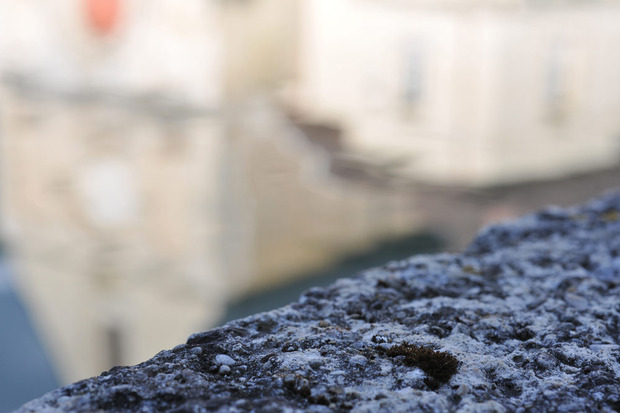
Provocative in terms of taste?
Yes, to go far enough in terms of expressing this pinot. You don’t want to be shy… Want to taste some?
Yes? It’s a bit early but yes, let’s try!
Come on! It’s 11:00 AM— Personally, I think that for Champagne, it’s the ideal moment. All great technical tastings, development tastings, tastings where we take important decisions are always between 11:00 AM and noon, never the afternoon. I’ve never made a good decision in the afternoon. Afternoons are very dangerous. For me, afternoon is night. It’s like the present is already the past; the afternoon is the night.
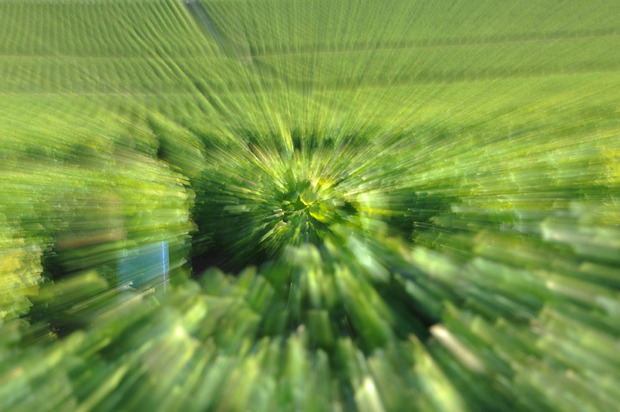
When we last spoke in 2010 you talked about using a wine glass to drink Champagne. You said in order to taste the Champagne you have to “boire ample,” to drink or taste the wine in a full way. Each time I drink Champagne I think about that.
I personally never suggest. I just open doors (laughs). After that, you take it or leave it. I’m moved that you bring this up. It is indeed the glass, which is the same as the one we used in 2010, but also the wine itself. This 2002 vintage is pretty much as mouth-filling as possible. This is actually the big topic of this wine.
It is a moving moment and very important in relation to my contribution to Dom Pérignon. I’ve rarely experienced such exhilarating moments. Moments that carry you. Moments where you are in complete connection with the surrounding world. It is very moving. Right now, I’m in a very emotional period. You need to let your emotions run free. I don’t try to contain them.
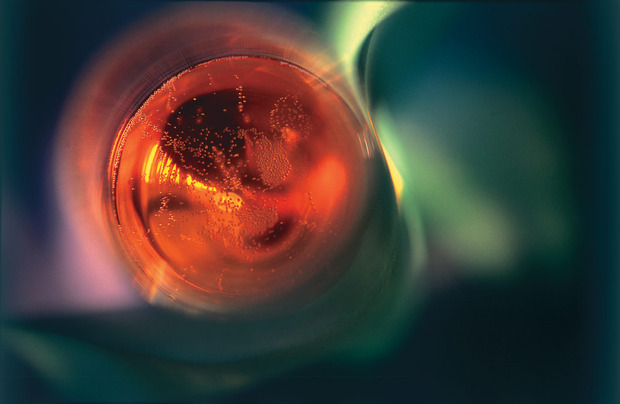
The color of this rosé is beautiful.
You need this time indeed—those 10 years—to get to that nuance. The color as you see it here will stay forever, no matter the age. This is what’s extraordinary. Is this a young color or a mature one? It is paradoxical. It is simultaneously one and the other. And this color’s paradox is so important. What you taste is so influenced by what you see that it becomes a promise, an invitation to what you’re going to taste. The paradox of color is an invitation to appreciate the general paradox of wine. It obviously starts with this color. There’s the youth’s sparkle as much as this patina of maturity. It is a strong and fundamental element of the expression of wine’s seduction.
2002’s seasons were quite stunning. As we’re tasting it, we can imagine 2002 as sunny and hot all year long. But it was complicated. July and August were very gray, colorless, dull. There was actually a miraculous moment, a few weeks before grape harvest, where everything improved. There wasn’t enough water, which was slowing down the grapes’ maturation, and it started raining, which enhanced the grapes’ development. All of a sudden it went sunny for five weeks in a row. We eventually reached an exceptional maturity for the grape. At the end of August, we were just nowhere. It was a sort of last minute miracle.
Those miracles actually happen quite often. Champagne has 300 years of activity. Everything is at its limits, but in the end everything goes back on track. The 2002 is a glorious case and it’s surely the most mature vintage in 50 years.
“If you take pinot noir too seriously, you lock it up. It’s like a bird. You don’t want to put it in a cage.”
(After tasting the Champagne I boldly declare) It’s not bad!
[laughs] Yes, it’s not bad. Personally, I’d buy it! To sum it up, there’s the expansion. I mentioned something quite creamy. But at the same time, inside, there’s an underlying structure. As it appears, it surrounds you. But inside, there’s a structure. Then comes the complexity. There’s the radiance of the fruit. I was talking about this “Holy Grail” in relation to Pinot Noir. We want a fruit that is witty, alive, cheerful, spiritual, vibrating with intensity… The wine has to sing and dance. Pinot noir has to shake.
It’s like the Harlem Shake of Champagne!
But really! If you take pinot noir too seriously, you lock it up. It’s like a bird. You don’t want to put it in a cage. The same goes for the pinot noir. You have to set it free. Some say this wine is very young. I think it’s already a very good first step for the wine’s expression.
So we can expect a 2002 Œnothèque release someday?
That’s obvious. It already tells us a beautiful story. Wine, in the end, it’s like that: It tells you a story. Voila!
Lead portrait by Evan Orensten; All other images courtesy of Dom Pérignon
Also on CH: Cool Hunting Video Presents: Dom Pêrignon 1990 Rosé Œnothèque

